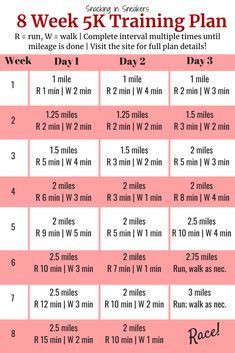
Strength and Conditioning for Athletes
Athletes in various sports require specific training techniques to enhance their physical abilities, optimize performance, and reduce the risk of injuries. Strength and conditioning programs play a pivotal role in improving an athlete’s overall fitness, strength, power, speed, agility, and endurance. This article delves into the importance of strength and conditioning for athletes and highlights key training principles and exercises.
Importance of Strength and Conditioning
Strength and conditioning programs are essential for athletes of all levels, from amateurs to professionals. These programs are tailored to meet the specific needs and demands of the sport an athlete participates in. The key benefits of incorporating strength and conditioning into an athlete’s training regime are:
Improved Performance: Strength and conditioning enhances an athlete’s ability to generate force and power, leading to improved overall performance in their respective sport. It enhances speed, agility, and explosiveness.
Injury Prevention: A well-designed strength and conditioning program helps to prevent injuries by strengthening muscles, improving joint stability, and enhancing body mechanics. It also aids in correcting muscular imbalances and promotes proper movement patterns.
Physical Conditioning: Athletes need to maintain a high level of physical fitness to sustain peak performance during rigorous training sessions and competitions. Strength and conditioning programs optimize cardiovascular fitness, muscular endurance, and body composition.
Mental Toughness: Endurance and resilience are crucial in sports, and strength and conditioning build mental toughness and discipline. By pushing physical limits in training, athletes develop mental toughness to overcome challenges during competitions.
Training Principles for Strength and Conditioning
When designing a strength and conditioning program for athletes, it’s important to follow key training principles to maximize results. These principles include:
Specificity: Training should be specific to the sport an athlete participates in. Exercise selection, intensity, and duration should mimic the movements and energy systems involved in the sport.
Progressive Overload: Gradually increasing the training load over time is crucial for continual improvement and adaptation. Athletes must constantly challenge themselves to promote growth and avoid plateaus.
Variety: Incorporating a variety of exercises, training methods, and equipment helps in developing well-rounded athleticism and prevents boredom. It also reduces the risk of overuse injuries caused by repetitive movements.
Individualization: Each athlete has unique strengths, weaknesses, and goals. Customizing training programs based on individual needs ensures optimal results and minimizes the risk of injury.
Key Exercises for Strength and Conditioning
Strength and conditioning programs involve a combination of resistance training, cardiovascular exercises, and flexibility work. Some key exercises to incorporate include:
Squat: Squats are fundamental for lower body strength and power development. They target the quads, hamstrings, and glutes, improving athleticism and explosiveness.
Deadlift: Deadlifts work multiple muscle groups simultaneously, including the hamstrings, glutes, back, and core. They enhance overall strength and contribute to improved athletic performance.
Bench Press: The bench press is a classic exercise that primarily targets the chest, shoulders, and triceps. It improves upper body strength and power, essential for sports involving pushing and throwing movements.
Interval Training: Interval training involves alternating periods of high-intensity exercises with rest or low-intensity exercises. It improves cardiovascular fitness, endurance, and fosters fat loss.
Agility Drills: Agility drills focus on quick changes in direction, acceleration, deceleration, and lateral movements. They enhance speed, agility, and coordination, crucial in sports that require rapid changes in direction.
In conclusion, strength and conditioning programs are vital for athletes to improve performance, prevent injuries, maintain physical conditioning, and develop mental toughness. By adhering to training principles such as specificity, progressive overload, variety, and individualization, athletes can maximize their potential. Incorporating key exercises like squats, deadlifts, bench press, interval training, and agility drills helps athletes develop strength, power, speed, and endurance required for optimal athletic performance.


